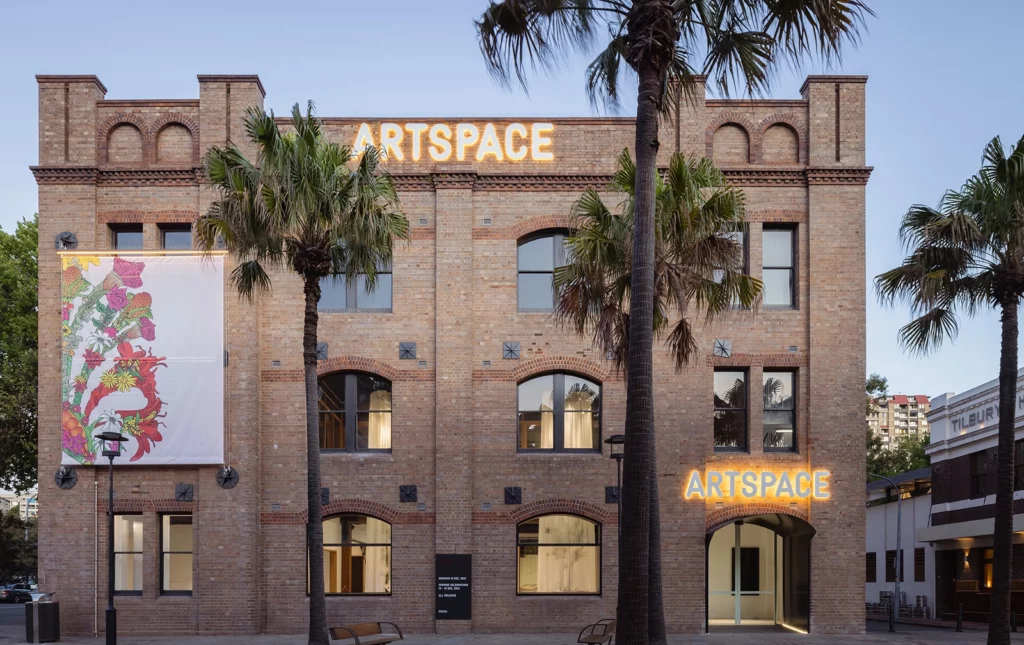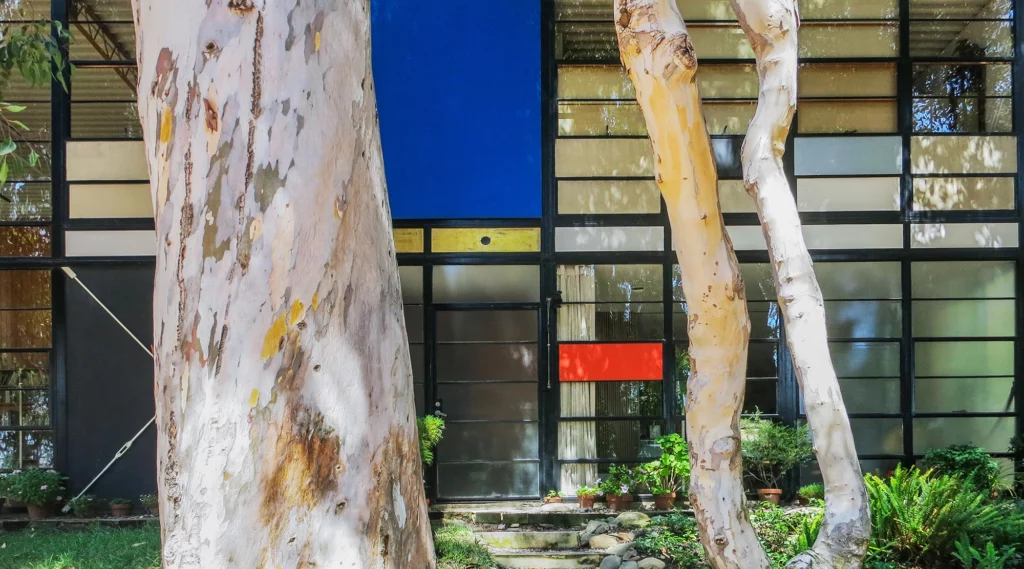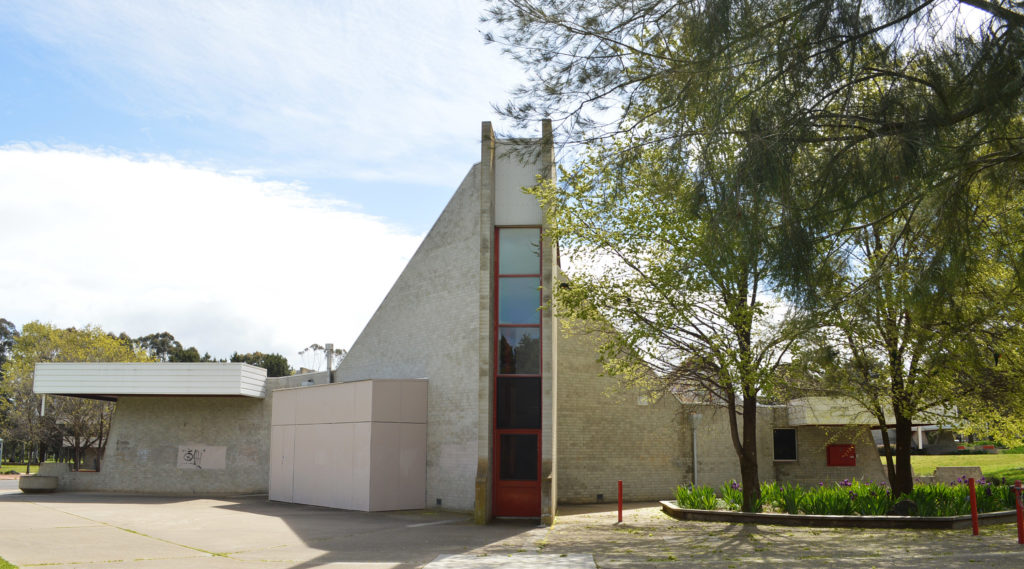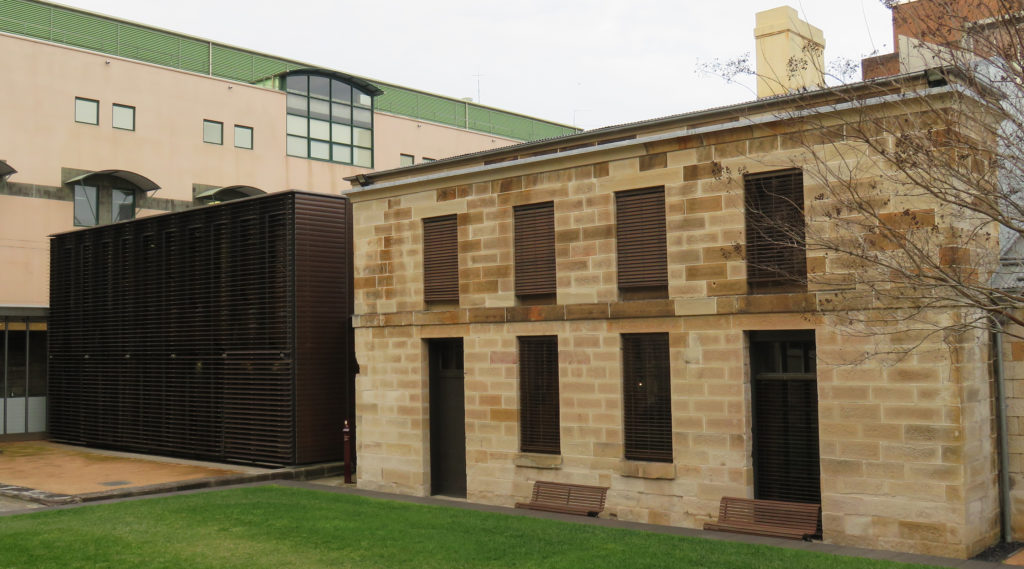
CMP’s: From Good to Great?
Caring for heritage assets can be complicated.
Many factors need to be considered – natural heritage, cultural landscape, Aboriginal cultural values, understanding historic fabric and archaeological potential to broader issues such as legislative requirements of different statutory listings.
Our team has developed a multitude of Conservation Management Plans (CMPs) for buildings, cemeteries, memorials, cultural landscapes, archaeological sites and some places that combine all of these elements.
Here are some of our thoughts about how to create a great CMP, ultimately making the care and conservation of heritage assets more accessible.
What is a CMP?
A Conservation Management Plan (CMP) is a document that provides guidance about how to manage a place with heritage significance. The exact content and nature of CMP’s differs according to local, state and Commonwealth requirements, as well as the character of site that it relates to.
Elements of a Successful CMP
Some of the elements that make a successful CMP include:
- Know Your Place–a deep understanding of all aspects of significance of the place is essential in preparing an accurate and useful CMP. Each heritage place is unique and each site management arrangement is different—CMP’s should be customised to reflect this. The award-winning Eames House CMP, The Chinese Gardens of Friendship CMP and The Mint CMP are excellent examples of customised CMPs that demonstrate intimate knowledge of the significance of the place.
- Know Your Requirements—understanding the differing requirements of any heritage listing applied to the place, at a local, state or Commonwealth level is crucial, as it impacts on the way in which the CMP may need to be developed. For example, the Rookwood Necropolis CMP which covers multiple listings in different areas across the one site.
- Know Your Audience—understanding your audience and who will be using the CMP is vital. Factors such as the ease of use, language, tone, structure, layout, design and accessibility should reflect the needs of the end user. This will ensure that the document is easily understood and applicable to practical issues. The Hawkesbury Cemeteries CMP, the Giralang Primary School CMP and the Baiame Cave CMP are examples of CMPs that have been developed in collaboration with stakeholders and the end user in mind.
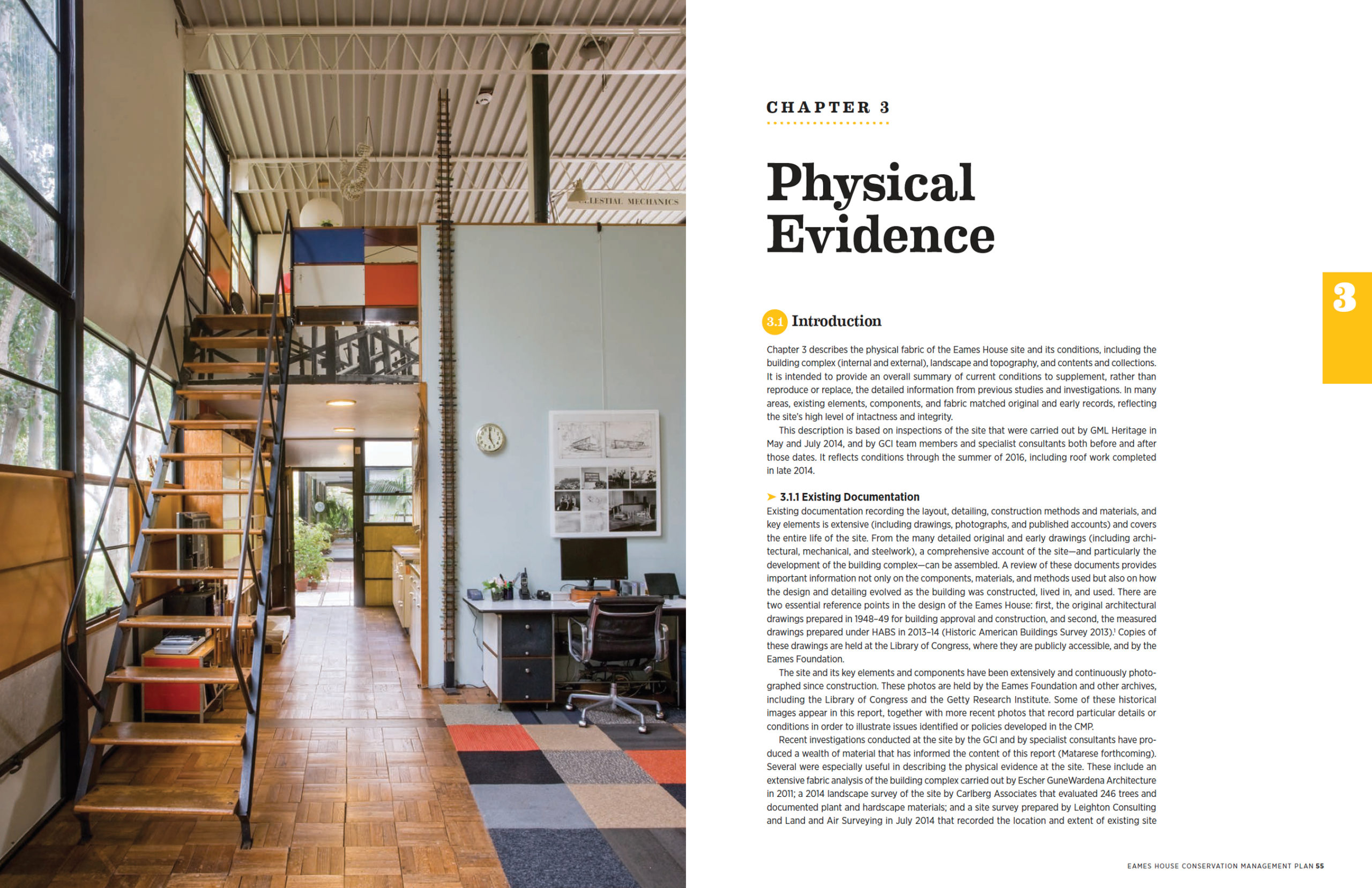
Eames House CMP
